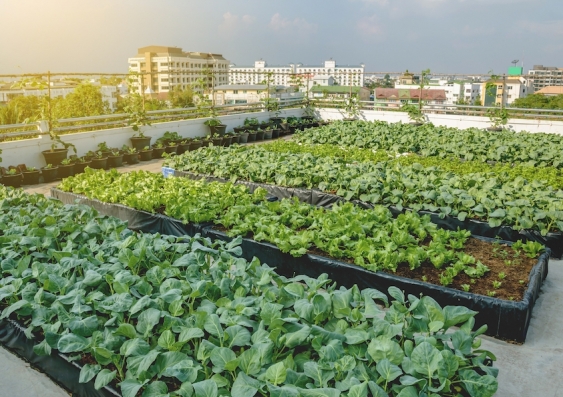Sustainable Styling Eco-Friendly Flower Pot Designs
Eco-Friendly Flower Pot Designs: Merging Sustainability with Style
Embracing Sustainable Gardening
In today’s world, sustainability is more than just a trend—it’s a way of life. As awareness of environmental issues grows, many people are seeking ways to reduce their ecological footprint, even in their gardens. One area where sustainability can be easily integrated is in the choice of flower pots. By opting for eco-friendly designs, gardeners can enjoy beautiful blooms while minimizing their impact on the planet.
Materials Matter: Choosing Eco-Friendly Options
When it comes to eco-friendly flower pot designs, the choice of materials is crucial. Traditional plastic pots may be durable and inexpensive, but they come with a heavy environmental cost. Instead, consider alternatives such as biodegradable pots made from materials like bamboo, rice husks, or recycled paper. These materials break down naturally over time, reducing landfill waste and minimizing environmental harm.
Upcycled and Recycled: Giving New Life to Old Materials
Another eco-friendly option for flower pot designs is to upcycle or repurpose materials that would otherwise end up in the trash. From old tin cans and glass jars to wooden crates and ceramic dishes, the possibilities are endless. Get creative and give new life to discarded items by transforming them into unique and stylish flower pots. Not only does upcycling reduce waste, but it also adds a personal touch to your garden decor.
Biodegradable Planters: Returning to the Earth
For those who prefer a more traditional look, biodegradable planters offer an eco-friendly alternative to plastic pots. Made from materials like coconut coir, peat, or molded pulp, these planters break down naturally over time, enriching the soil as they decompose. Biodegradable planters are not only sustainable but also promote healthier root growth and improve overall plant health.
Sustainable Ceramics: Choosing Responsible Pottery
While ceramics are a popular choice for flower pots due to their durability and aesthetic appeal, not all ceramic pots are created equal in terms of sustainability. Look for pottery made from locally sourced clay or recycled materials and fired using eco-friendly kilns. Additionally, choose pots with natural glazes or finishes that are free from harmful chemicals and toxins.
Vertical Gardening: Maximizing Space and Resources
In addition to choosing eco-friendly flower pots, consider innovative gardening techniques that maximize space and resources. Vertical gardening, for example, allows you to grow plants upwards instead of outwards, making efficient use of limited space. Vertical gardens can be created using recycled materials such as pallets, PVC pipes, or repurposed containers, further reducing environmental impact.
Water-Wise Planting: Conserving a Precious Resource
Water conservation is another important aspect of sustainable gardening. Opt for drought-tolerant plants that require minimal watering and choose flower pots with built-in water reservoirs or self-watering systems to reduce water waste. Additionally, collect rainwater in barrels or cisterns to use for watering your plants, further reducing your reliance on municipal water sources.
Community Gardens: Fostering Connection and Collaboration
Finally, consider joining or starting a community garden in your area. Community gardens not only provide valuable green space in urban environments but also foster connection, collaboration, and education around sustainable gardening practices. By sharing resources, knowledge, and enthusiasm for gardening, community gardens promote environmental stewardship and strengthen communities.
Conclusion
In conclusion, eco-friendly flower pot designs offer a sustainable and stylish way to beautify your garden while minimizing your environmental impact. By choosing materials that are biodegradable, upcycled, or recycled, you can enjoy beautiful blooms without compromising the health of the planet. Additionally, adopting water-wise planting techniques, maximizing space with vertical gardening, and participating in community gardens are all ways to further reduce your ecological footprint and promote sustainable living. So go ahead, embrace eco-friendly flower pot designs, and cultivate a garden that’s as beautiful as it is environmentally conscious. Read more about flower pot designs







